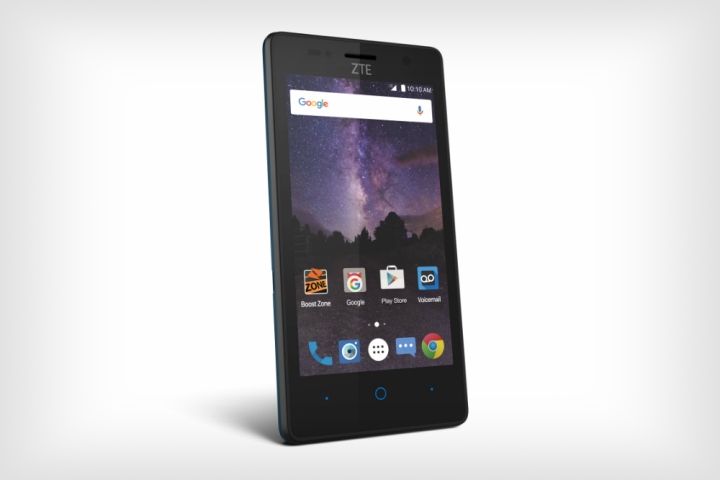
The Tempo was not designed to be an eye-catching phone, and its black plastic exterior certainly backs that sentiment, but the phone’s ethos seems to be to exist as a functional device. For example, you can easily spot pixels on its 4.5-inch, 854 x 480 resolution display, and the 2-megapixel selfie sensor with a 5MP snapper around back will not impress, but they are all functional. The display is non-Gorilla Glass, however, so it might get more scratches than a display protected by Gorilla Glass.
That theme continues under the hood, where you will find a 1.1GHz quad-core Qualcomm Snapdragon 210 chipset with 1GB RAM. Only 8GB of native storage is offered out of the box, though the MicroSD card slot allows for up to an additional 32GB. The 2,200mAh seems anemic for a modern-day smartphone, but the Tempo is no flagship — its equally meager internals should equate to good battery life on a day-to-day basis.
Impressively, the Tempo is capable of both 3G and 4G LTE connectivity, with the phone equipped with an FM radio, Bluetooth 4.0, and support for HD Voice. Finally, the Tempo runs Android Marshmallow out of the box, but it is unlikely it will receive Nougat down the road.
If there is enough here to peak your interest, the Tempo is currently available through Boost Mobile for $70. Even though the price point is impressive, keep in mind that Boost Mobile utilizes Sprint’s network for its services, so make sure that Sprint is a viable option where you live before dropping some coin.
Editors' Recommendations
- Have one of these OnePlus phones? You can now download Android 15
- Have an Android phone? You can get unlimited 5G service for free
- This Android phone charges from 0 to 100% in under 10 minutes — and you can’t have it
- Android 13 is here, and you can download it on your Pixel phone right now
- You can finally move your WhatsApp chats from Android to iOS


